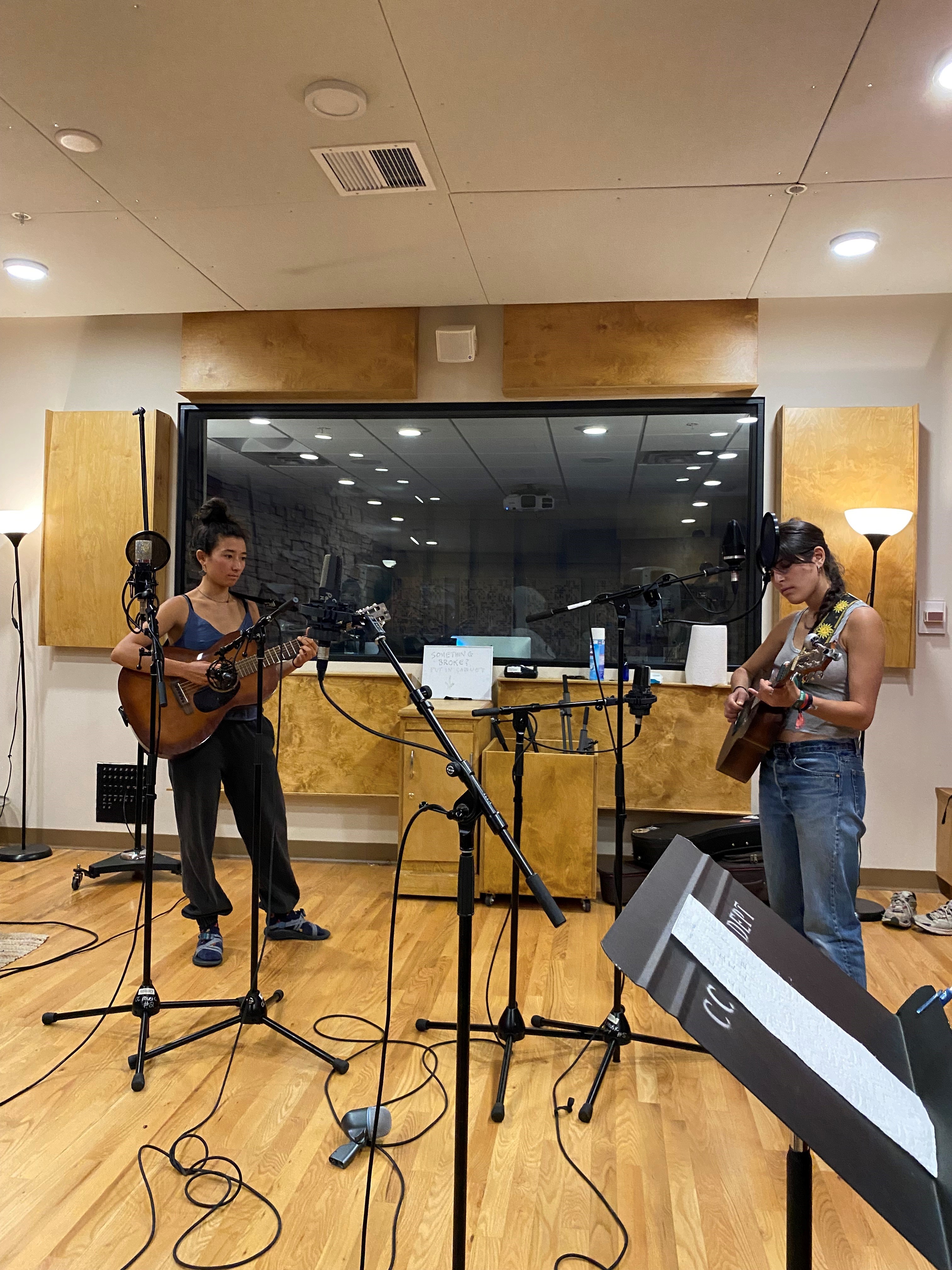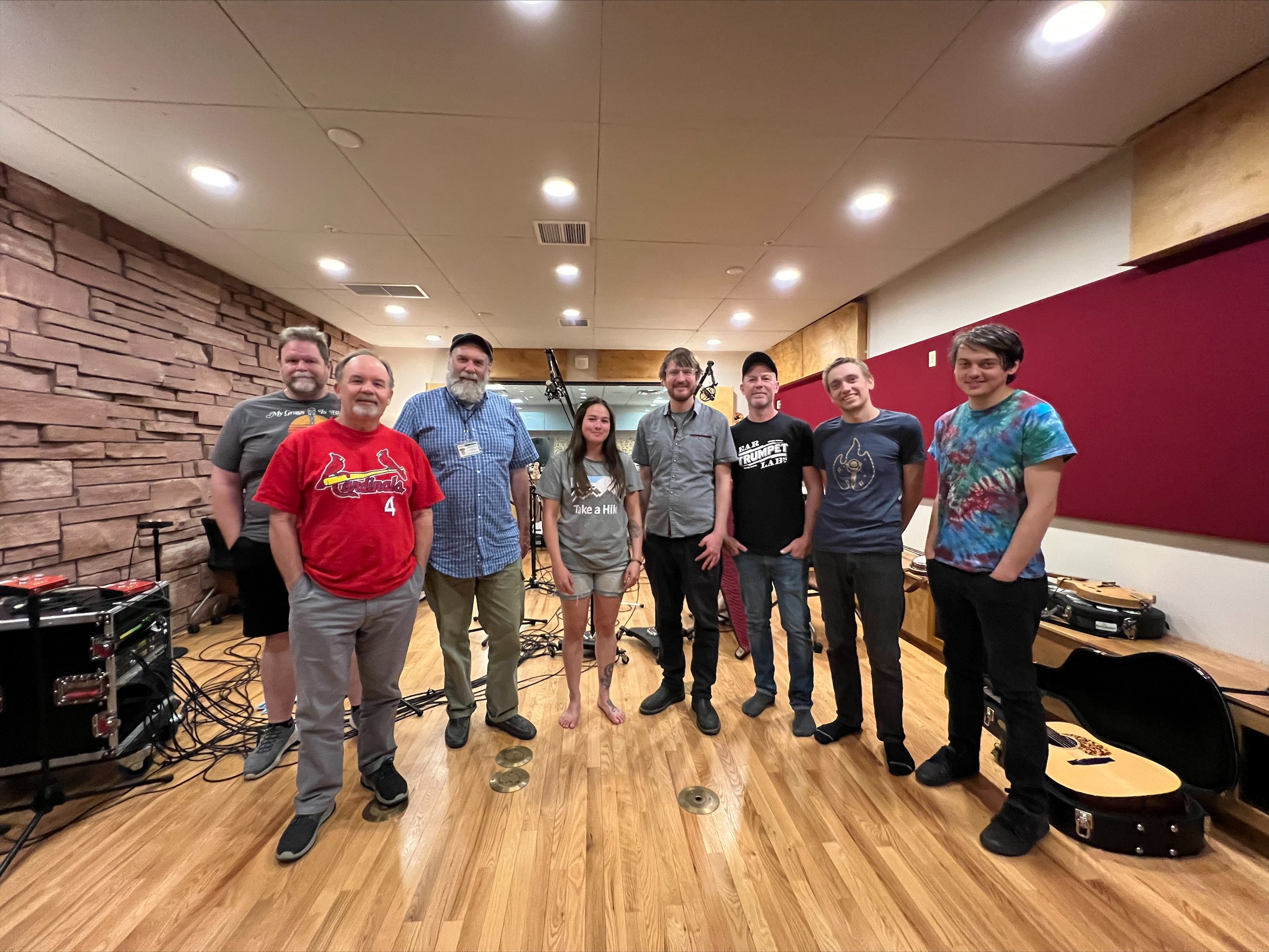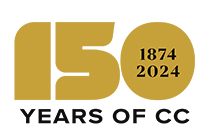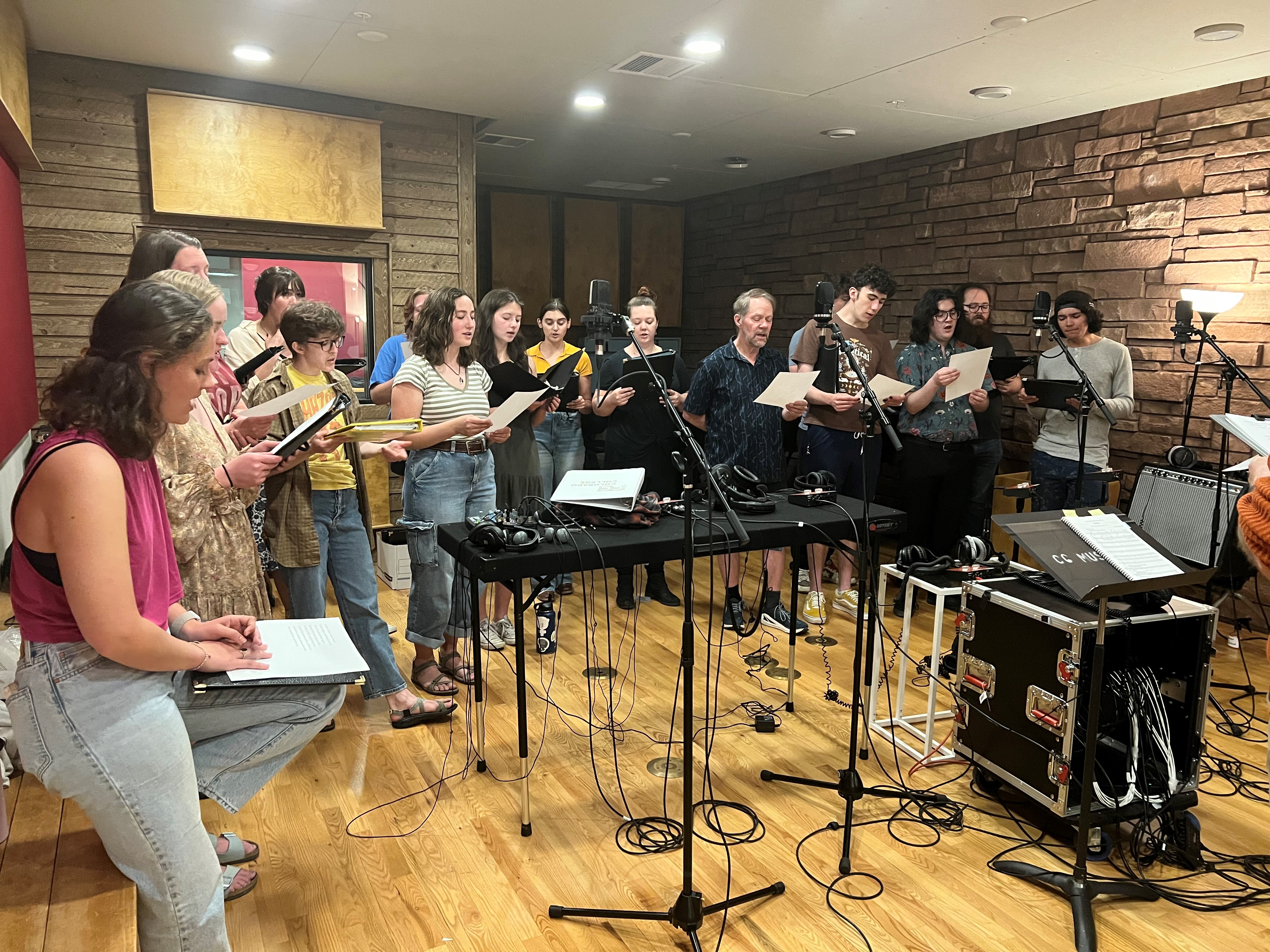Colorado College's Packard Hall boasts one of the finest acoustic performance halls in the state, where students and faculty present a wide variety of live performances throughout the academic year. Nestled one floor below the performance hall is a space that offers a much different type of musical experience than rehearsing on a stage under bright lights in preparation for one take in front of a live audience.
The Music Department's recording studios are also state-of-the-art spaces and that offer some of the latest tools and equipment for aspiring music production students. The central hub, the Pearson Recording Studio, was renovated in 2017 to create a professional recording space that includes a control room, which doubles as a music technology classroom, as well as a live room and an isolation room.
At the close of last semester, CC Chamber Chorus students sang together in both spaces — first in the very familiar performance hall for their spring ensemble performance, and then, just a few days later, in the recording studio — as they debuted music technology professor Iddo Aharony's new composition Hidhud. In addition to the chorus, the stage premiere included Aharony himself on piano and vocals, plus instrumentalists on electric guitar, cello, upright bass, and percussion, as well as pre-recorded electronic elements played through the sound system.
Aharony wrote Hidhud specifically for the CC Chamber Chorus, and ensemble director Deborah Teske said that a studio recording in addition to a live performance was part of Aharony's plan from the beginning. Teske is quite familiar with recording in an acoustic environment — in a performance space often without an audience to avoid major background noise — but recording in a studio was a first for her.
"The process was fascinating, and I think we all learned a lot from it," she said. "Choirs are used to, and in fact dependent upon, the acoustics in the performance space. A choir is an incomplete instrument without the acoustical space around it. This is part of what makes Packard Hall such a great venue for the Chamber Chorus. The room sings with us, and back to us, and it's very easy to hear the ensemble as a blended unit. The recording studio, on the other hand, is meant to be acoustically dry so the sound is as clean possible. So the singers didn't hear their own voices blending with others the way they do in the performance space. That meant everyone feels very naked! A couple of them commented on what a humbling experience it was. At the same time, there was a relaxed atmosphere in the studio that was different than the concert because we knew we had more than one chance to get it right."
The ensemble would record multiple takes of small sections of the piece, sometimes using headphones to hear a piano track and other times a cappella, perfecting those measures before moving on and never singing the piece from start to finish. Next, the instrumentalists will complete their time recording in the studio, and then Aharony will mix and manipulate all the elements together to blend the sound to his liking.
"He also plans to incorporate some new material that wasn't in the score for the concert," Teske said. "The final product might be very different from what we performed on stage. We are excited to hear what that will be!"
Ava Piebenga '25 said the studio recording process opened her eyes to another side of singing and songwriting — one that she would be eager to try out again.
"I really enjoyed working through technical issues (such as our headphones and volume adjustments), as well as singing in a space that quite literally eats up our sound," she said. "Over the course of my singing experience, I have only ever sung live in front of an audience. Singing live means that there is not a lot of room for error, and adrenaline is your friend. In the recording studio, we sang through sections two or three times to ensure that we were capturing the best takes for Iddo."
Justin Maike, who has been the Music Department's technical director since 2019, welcomed the ensemble for their first time in the studio and said the only moderate difficulty was finding a way to accommodate a larger group than usual by routing 18 headphones into the space for the two-hour session. Since joining the staff at CC, he said he has seen the music technology scene in Packard grow in a variety of ways, to include more students and ensembles using the recording studio, wait lists for digital music classes, and the founding of a student-led music production club last year.
"The club brings in a lot of people who wouldn't be there otherwise," said Maike, who serves as the club advisor. "They're often not DMP (Digital Music Production) people, and it's a safe space to try it out. There are a ton of people who are making music, but not all of them are music majors or minors or in our classes."

Maike said many student musicians and some department ensembles are regulars in the recording studio. Several recent grads have utilized the space as part of their capstone projects, to include Eliza Neiman-Golden '21, who recorded an entire album along with her capstone, "Chasing Authenticity: The transformative power of music production." She has continued her musical career since graduating and fronts the band Tiny Tomboy, which formed in 2019.
CC Bluegrass Ensembles, under director Keith Reed, are well at home in the recording studio, and bluegrass guest artists almost always stop by the studio when they're invited on campus to work with students and perform in Packard. Maike said a highlight in the last year was recording with AJ Lee and Blue Summit when they came to CC in April 2022 along with bluegrass veterans Don Rigsby and Tim Crouch. In fall 2022, Music Department chair Ryan Bañagale brought his Block 2 The Beatles: Then and Now class into the studio to record about a dozen full Beatles covers.
"Recording in a studio is just another diversity of experience in being a musician," Maike said. "If you're ever asked to be in a studio, you know what it's like and how it works, small things you can be more knowledgeable about, especially the technical aspects of it. It's so much more of a social music experience, learning to speak the creative language a little bit, and as a group, talking through the creative process. It's not something you're necessarily able to do in a live performance setting, unless you're rehearsing. In the studio, we're about to put it down, so there's finality to the ideas."

Maike said one of the most rewarding parts of his job as technical director is assisting with digital music production classes, which he has seen take off in numbers over the last few years and almost always have a wait list. He said the studio spaces in Packard, combined with the faculty and staff mentorship resources, offer a solid foundation for students who may want to carve out a career in music technology.
"This studio is a great stepping stone to piquing your interest in audio engineering," he said. "In these years, I think it's getting the best version of what you're capable of at that moment of time, making a portfolio and getting into working with other people. I try to build them up as, you may not be quite ready to apply for a job like this yet, but you're building your skills and your brand, and maybe ultimately, your business."




